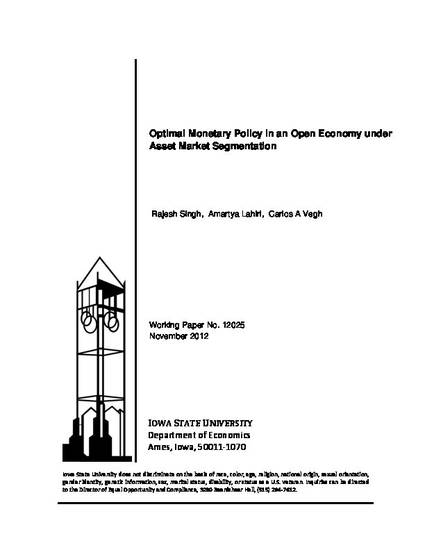
This paper studies optimal monetary policy in a small open economy under flexible prices. The paper's key innovation is to analyze this question in the context of environments where only a fraction of agents participate in asset market transactions (i.e., asset markets are segmented). In this environment, we study three rules: the optimal state contingent monetary policy; the optimal non-state contingent money growth rule; and the optimal non-state contingent devaluation rate rule. We compare welfare and the volatility of macro aggregates like consumption, exchange rate, and money under the different rules. One of our key findings is that amongst non-state contingent rules, policies targeting the exchange rate are, in general, welfare dominated by policies which target monetary aggregates. Crucially, we find that fixed exchange rates are almost never optimal. On the other hand, under some conditions, a non-state contingent rule like a fixed money rule can even implement the first-best allocation.
Available at: http://works.bepress.com/rajesh-singh/17/
